Session 3: Genotypes and Inheritance
1/53
There's no tags or description
Looks like no tags are added yet.
Name | Mastery | Learn | Test | Matching | Spaced |
|---|
No study sessions yet.
54 Terms
What is the genotype?
The genetic make-up of an individual
What is the phenotype?
The set of observable characteristics of the individual resulting from the interaction of its genotype with the environment
What inheritance pattern is in CF?
Autosomal recessive
If two parents are carriers of the CF CTFR gene - what % chance does the child have of having the condition?
25% chance
Is phenotype inherited?
No
What defines our phenotype?
Interaction between our genes and environment.
Environmental factors such as: diet, temperature, oxygen levels, humidity, light cycle, chemicals and drugs can have effect on gene expression
Environmental factors on phenotype
- Diet
- Temperature
- Oxygen levels
- Humidity
- Light cycle
- Chemicals
- Drugs
Give an example of the effect of drugs on genotype and phenotype in humans
Thalidomide (a sedative, antiemetic and non-barbiturate drug) which was developed in the mid-1950s that was a teratogen (associated with birth defects). The drug was used in pregnant mothers for morning sickness but withdrawn too late - causing severe developmental deformities in ~8,000-12,000 infants = stunted limb development
How many chromosomes are in each diploid cell in the human body?
46 chromosomes (23 pairs = 22 pairs of autosome chromosomes and 1 pair of sex chromosomes)
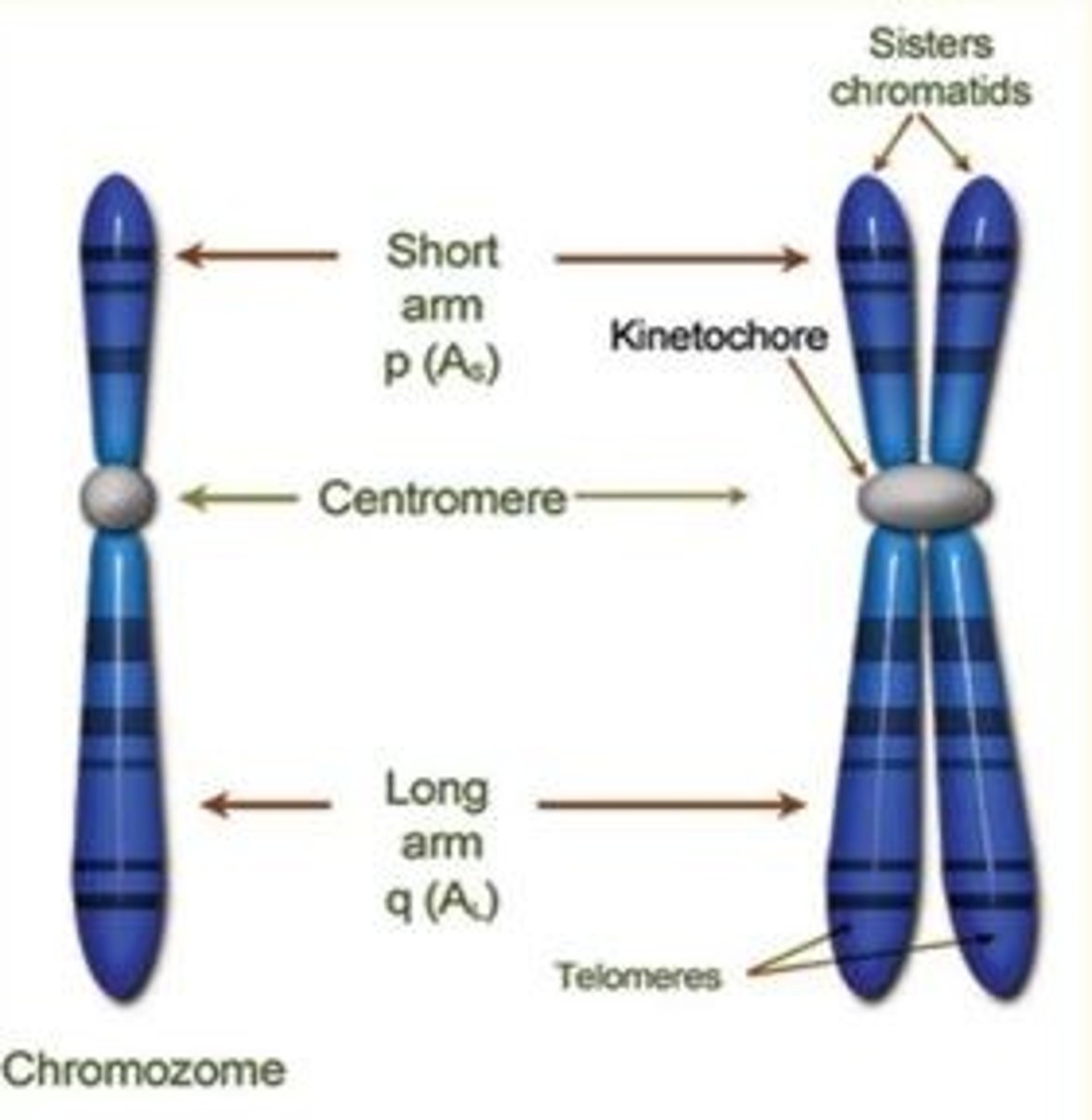
What is a gene?
A section of DNA that encodes for a protein or RNA
What is an allele?
One of two or more versions of a gene
How many allele does each individual inherit for each gene?
An individual inherits two alleles for each gene - one for each parent (we are diploid)
What is the name for when two alleles are the same for one gene?
Homozygous
What is the name for when two alleles are different for one gene?
Heterozygous
What is genetic diversity?
The total combined differences in the DNA of all individuals in a SPECIES
What is genetic variation?
The difference in DNA sequences between individuals within a POPULATION
Why is genetic variation important?
Genetic variation is an important force in evolution as it allows natural selection to increase or decrease the frequency of alleles already in the population
What is genetic polymorphism?
Polymorphism is a term used in genetics to describe multiple forms of a single gene (alleles) that exists in an individual or among a group of individuals.
A polymorphism is a DNA sequence variation that is _______ in the population. To be classified as a polymorphism, the least common allele must have a frequency of at least ____% in the population; if the frequency is lower than this - the allele is regarded as a ________.
common in the population.
1% in the population;
the allele is regarded as a mutation.
What is the most common type of polymorphism that involves variation at a SINGLE BASE PAIR?
Single nucleotide polymorphism (SNP)
What are some examples of less common (other types of polymorphism)?
Small-scale insertions/deletions
Short tandem polymorphism (STRP)
Microsatellite variation
What are the two major sources of genetic variation?
1. Mutations - permanent alteration to DNA sequences, mutations create new alleles in a population.
2. Recombinations - independent assortment of chromosomes and genetic crossing-over (or recombination) between chromatids of homologous chromosomes during meiosis.
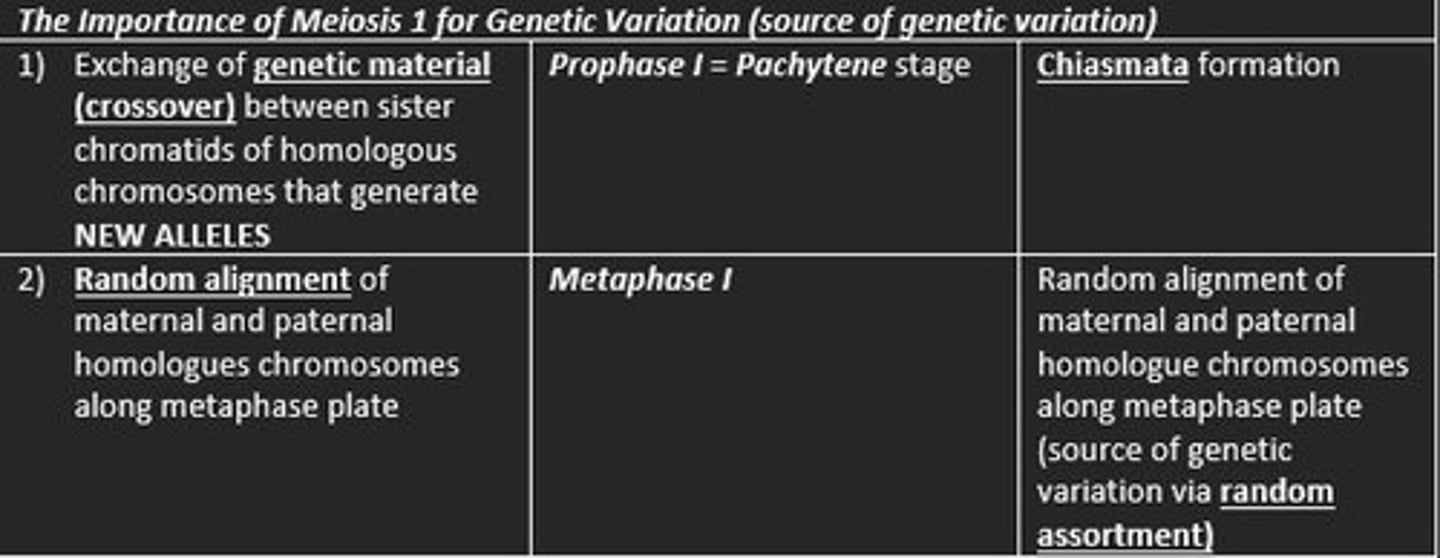
Based on examination of our DNA, any two human beings are _____% identical
Based on examination of our DNA, any two human beings are 99.9% identical
Who is Mendel?
Mendel is the discoverer of the genetic or inherited trait.
What is Mendel's laws of inheritance?
1) Law of segregation: during gamete formation, the alleles for each gene segregate from each other so that each gamete carries only one allele for each gene.
2) Law of independent assortment: genes for different traits can segregate independently during the formation of gametes
3) Law of dominance: some alleles are dominant while others are recessive.

What does heterozygous mean?
The alleles are different -- one is dominant, one is recessive.
What does homozygous mean?
two of the same alleles
What does recessive mean?
both alleles of a gene must be identical to express the trait
What does dominant mean?
Trait that is expressed, masks the other allele — only one allele of a gene necessary to express the trait.
What is a Mendelian trait?
A Mendelian trait is one that is controlled by a single locus in an inheritance pattern.
Purely Mendelian traits are a ______ of all traits, since most phenotypic traits exhibit incomplete dominance, co-dominance and contributions from many genes (polygenic traits).
minority
What diagram can be used to determine the result of a genetic cross (applying Mendelian concepts)?
The Punnett square
Give examples of conditions with autosomal dominant inheritance
Huntington's disease (HD)
Hypertrophic cardiomyopathy (HCM)
Marfan's syndrome (MFS)
Hereditary long QT syndrome (LQTS)
Give examples of conditions with autosomal recessive inheritance
- Sickle cell anaemia
- Tay-Sachs disease
- Cystic Fibrosis (CF)
What is x-linked dominant inheritance (rare)?
- Disease is never passed from the father to son
- Trait follows inheritance of X-chromosome
- Affected male + normal female = all daughters affected
- Normal male + affected female = 50% sons affected; 50% daughters affected
- Females more likely to be affected than males (due to XX)
- Males more severely affected phenotypically (than females)
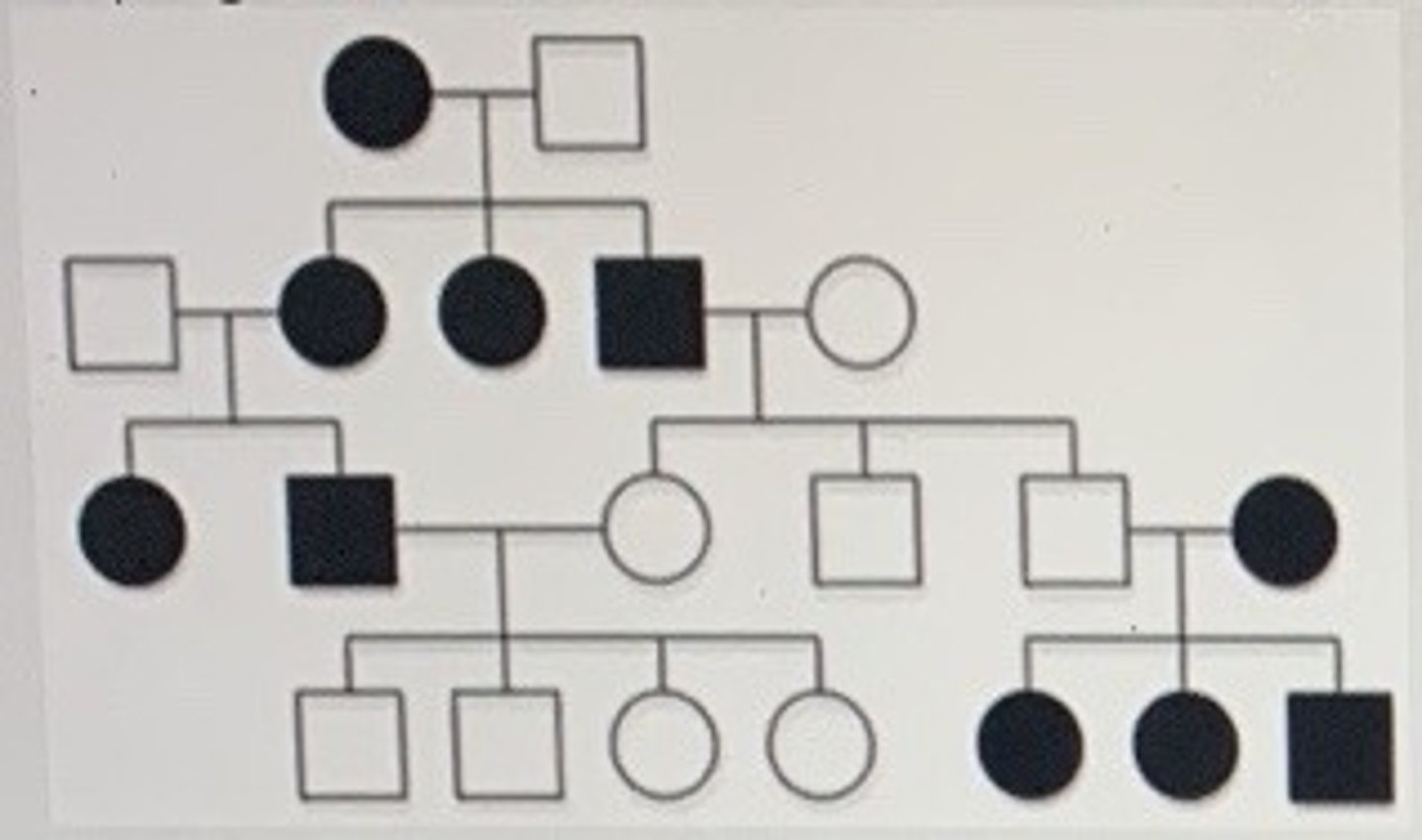
Give an example of non-Mendelian inheritance
Mitochondrial inheritance - mitochondrial genes are only inherited from the mother.
- The disease is passed on from a mother to all of her children. - Sons will not pass it on
- Daughters will pass it on to all of their children
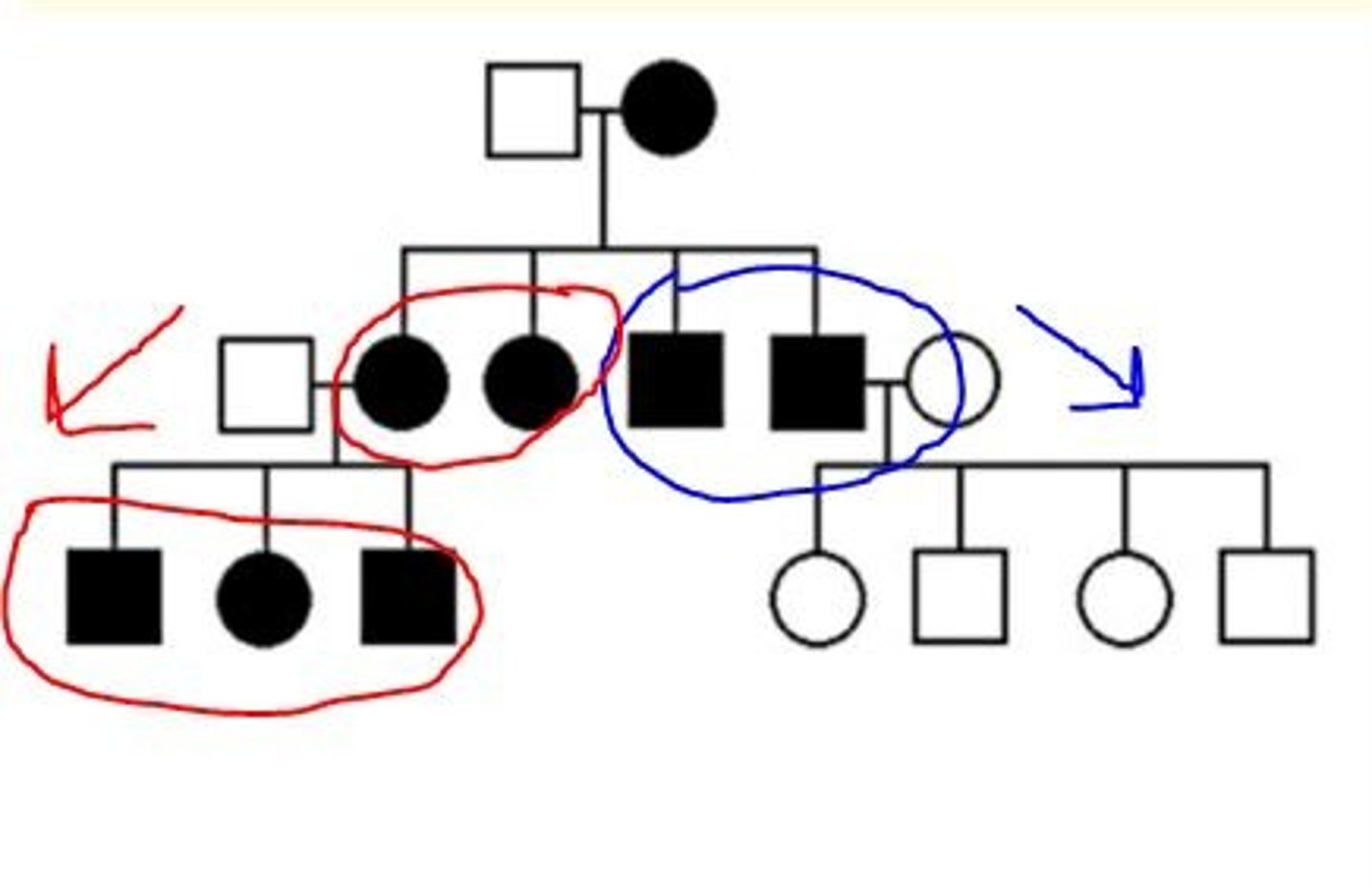
Give examples of conditions which are caused by mitochondrial inheritance
- Mitochondrial myopathy
- Diabetes mellitus and deafness (DAD)
- Leber's hereditary optic neuropathy (LHON)
- Leigh's syndrome
- Myoneurogenic gastrointestinal encephalopathy (MNGIE)
What is codominance?
Neither allele is dominant or recessive and the phenotypes of both alleles are expressed - seen in plants a lot (e.g. petunias).

What is an example of co-dominance in humans?
- The gene that determines human ABO blood groups = human isoglutamin (I) gene
- Isoglutamin gene encodes for glycoproteins on surface of RBC
- Isoglutamin gene has three alleles = A, B and O
- Allele B is dominant over allele O
- Allele A is dominant over allele O
- Neither allele A or B is dominant over each-other - they are codominant

What is complementation?
Two mutations together result in a wild-type phenotype.
Give an example of an autosomal recessive condition
Albinism
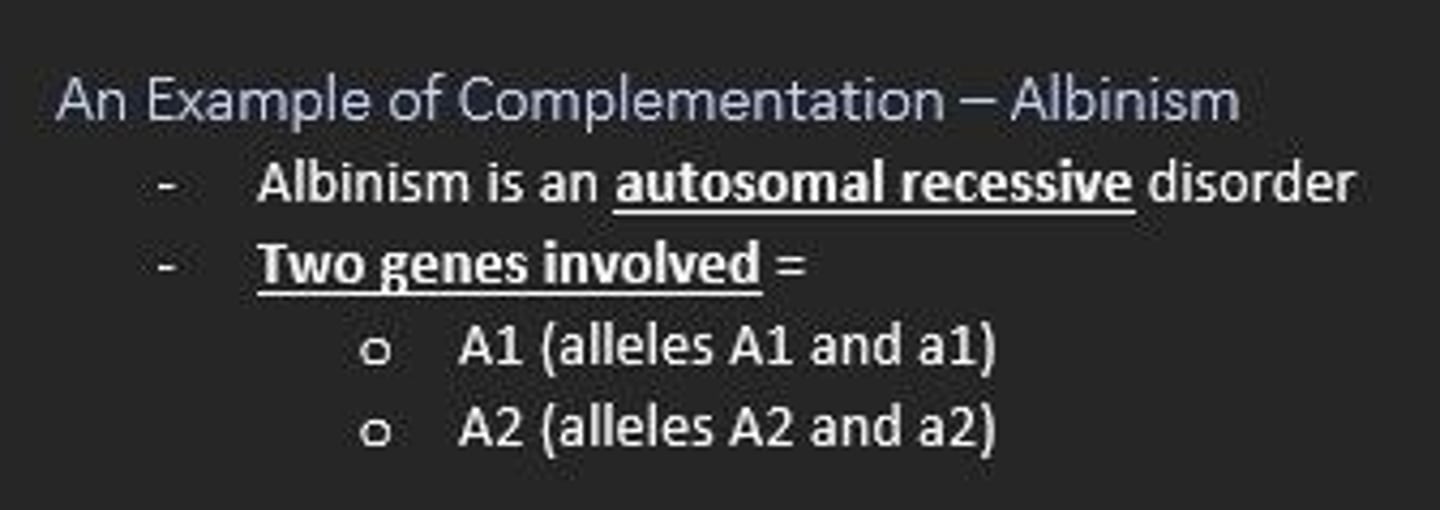
What is genetic linkage
- Linked genes are genes that are likely to be inherited together because they are physically close to eachother on the same chromosome
- Alleles for these linked genes tend to segregate together during meiosis (unless they are separated by genetic crossing-over)
- The closer they are on the chromosome - the LESS likely their alleles will be separated during crossing-over in meiosis
What is recombination frequency?
A measure of genetic linkage (frequency with which a single chromosomal crossover will take place between two genes during meiosis)
- Used to produce genetic or linkage map

In what stage of meiosis does exchange of genetic material (crossover/chiasmata formation) between sister chromatids of homologous chromosomes occur?
During Prophase I - (Pachytene) = exchange of genetic material (crossover) occurs that generates new alleles.
In what stage of meiosis does random alignment of maternal and paternal homologues occur?
During Metaphase I - random alignment of maternal and paternal homologues along the metaphase plate occurs.
Huntington's disease
Autosomal dominant (huntingtin) HTT
Phenylketonuria
Autosomal recessive (phenylalanine hydroxylase) PAH
An example of a genetic polymorphism - describe how it works
Aldehyde Dehydrogenase Enzyme (ALDH) Polymorphism
- ALDH2 most efficient enzyme in removing acetaldehyde (toxic metabolic product of alcohol) in liver
- Variant ALDH2*2 caused by single point mutation (G to A) in exon 12
- This leads to amino acid substitution (glutamine to lysine)
- Renders ALDH2 enzyme inactive leading to ALDH2*2 variant
- ALDH2*2 variant is common among East Asians = 'Asian Alcohol Flushing Syndrome'.
Autosomal dominant
- Heterozygotes are affected by the disease (only one dominant allele needed)
- Males and females equally affected
- Every individual has 50% chance of having diseased offspring
- Every affected individual has at least one affected parent
- Disease cannot skip a generation
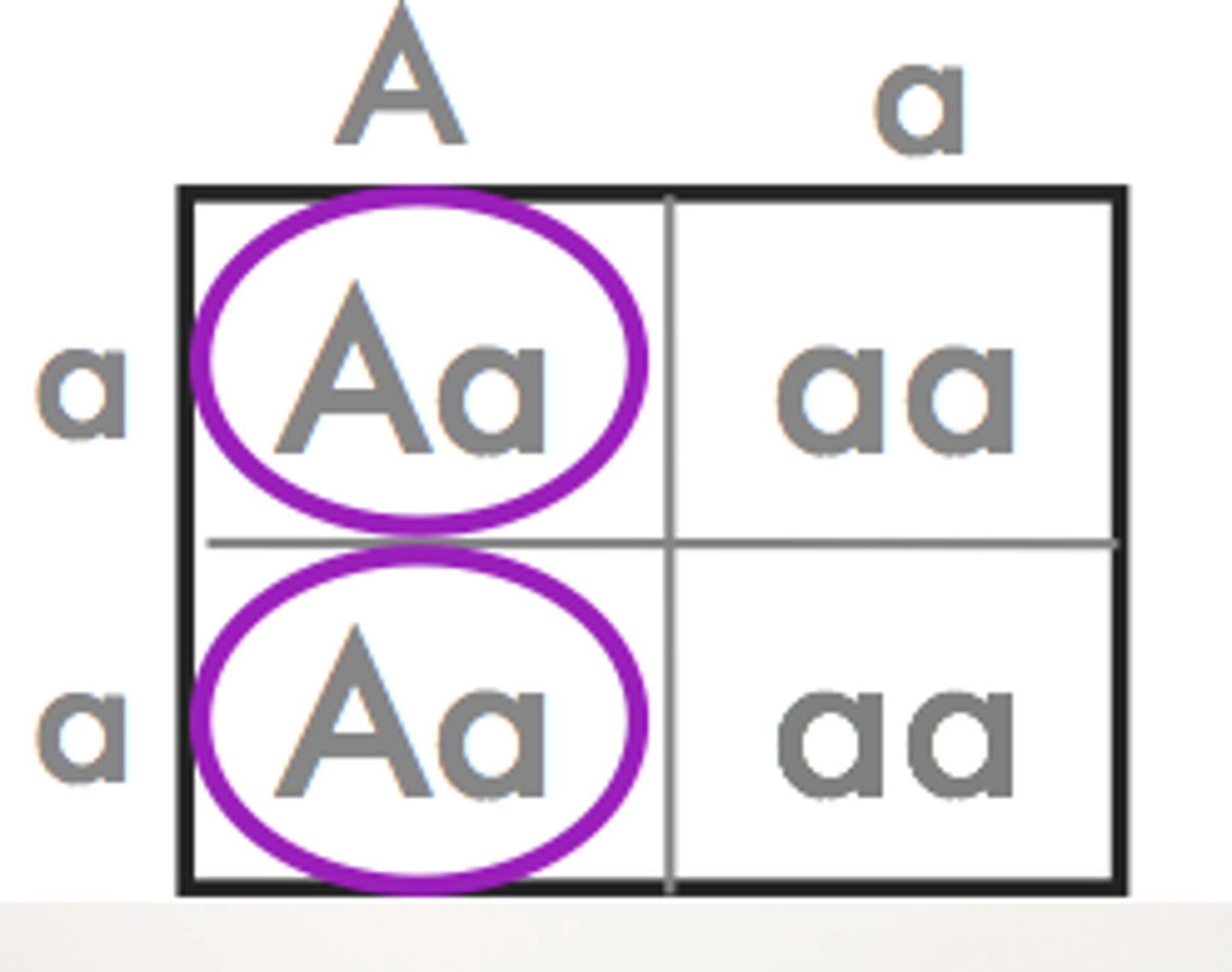
Autosomal recessive
- Heterozygotes are NOT affected by the disease (need two recessive alleles to express disease)
- Males and females equally affected
- Two heterozygote parents have 25% chance of having affected offspring
- Both parents of affected individual are heterozygous 'carriers'
- Disease CAN skip generations
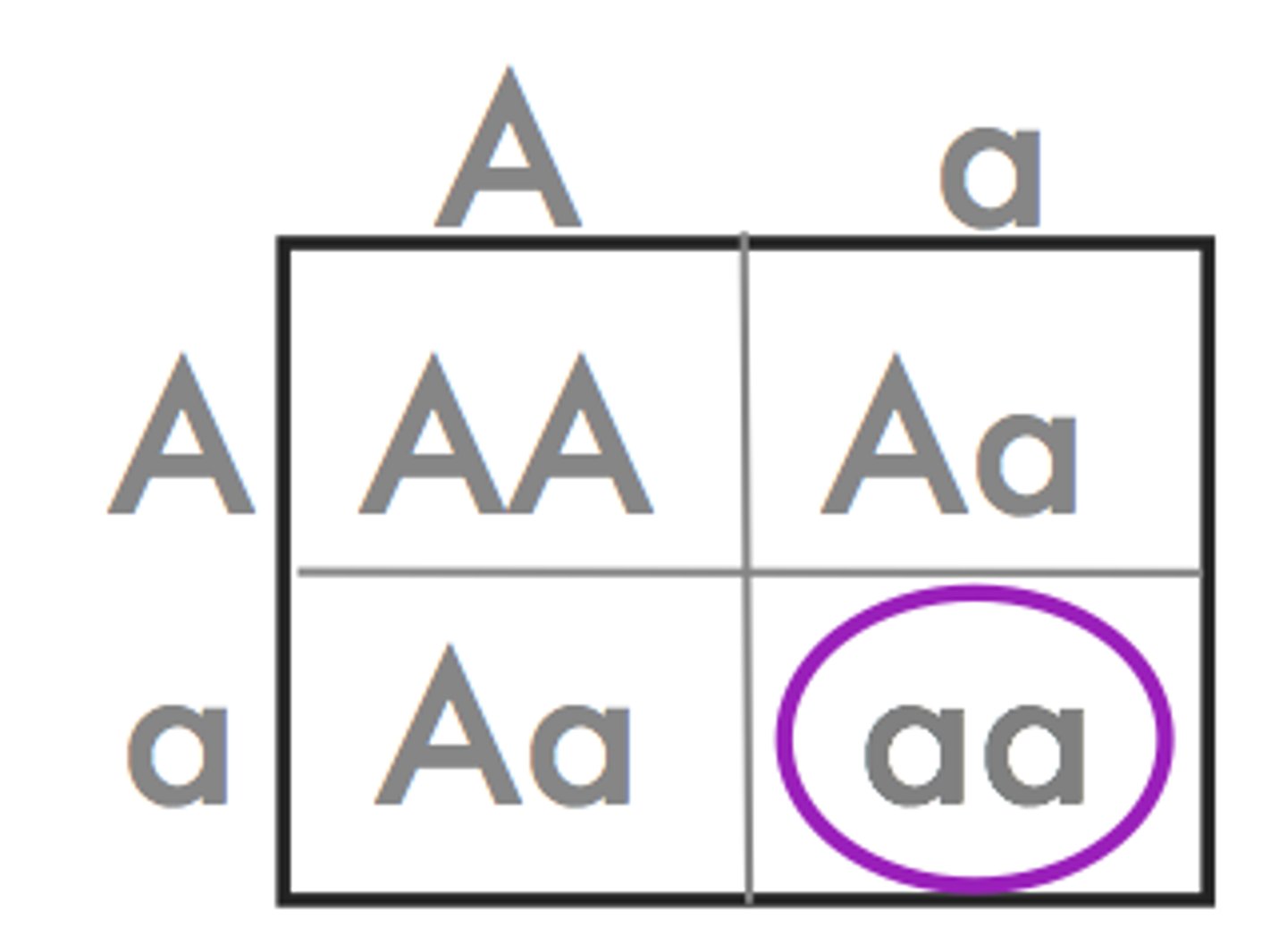
Compare/contrast autosomal dominant and autosomal recessive inheritance

Examples of X-linked dominant disorders
- Rett syndrome
- Haemophilia
The most prominent exception to Mendel's Law of Independent Assortment
Genetic linkage
An example of genetic linkage in humans
- Genes for hair and eye colour are genetically linked
- Certain hair and eye colours more likely to be inherited together e.g., blonde hair + blue eyes